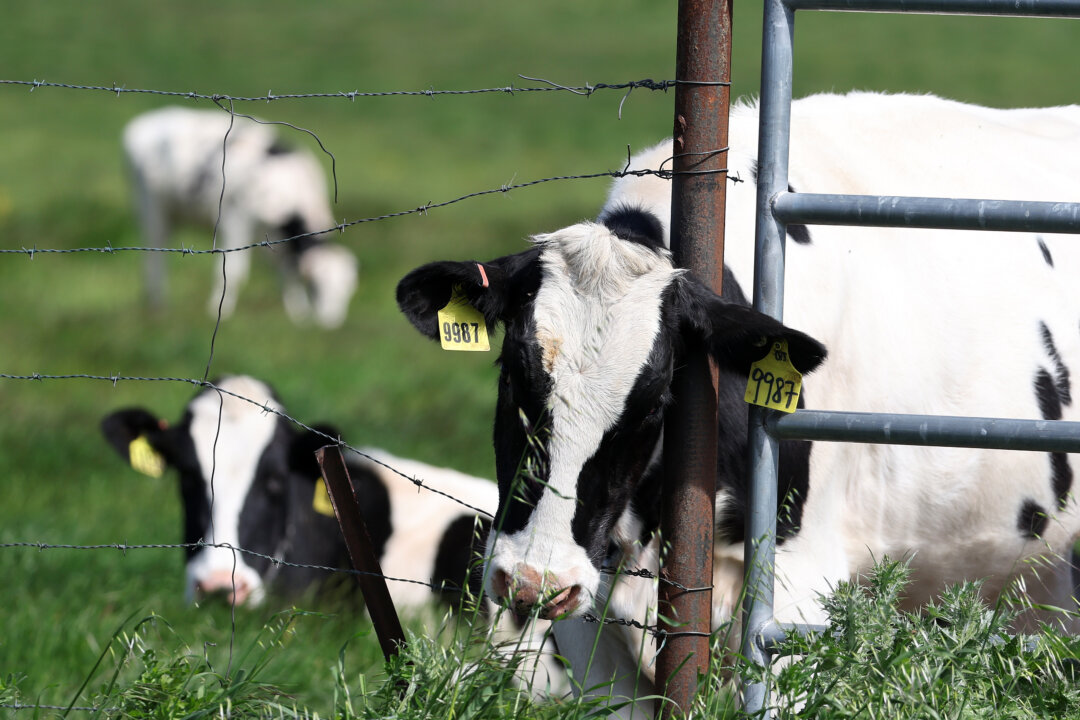Pasteurizing milk kills highly pathogenic bird flu virus H5N1, though some viral RNA may remain, a study conducted by researchers at the U.S. Department of Agriculture (USDA) finds.
Before this study, the USDA had detected the new H5N1 bird flu in raw milk. Therefore, researchers wanted to determine if pasteurization was sufficient to eliminate the virus. Pasteurization is a sanitation and food preservation method often used in milk processing.

Raw milk is quickly heated for 15 seconds to 161 degrees Fahrenheit to kill pathogenic viruses and other microbes. “Milk is safe,” Erica Spackman, a virologist at the USDA, said in the news release. “Just like bacterial pathogens that occur in milk, or other viruses that could occur in milk, the sanitation processes that are in place are getting rid of the pathogens.
” H5N1 was discovered in dairy cows in March—marking the first time dairy cattle have become infected. Since then, the virus has been found in about 200 animals and three people across 12 states, according to the U.S.
Centers for Disease Control and Prevention (CDC). Commercial milk is often collected from several dairy farms before being routed for bulk pasteurization and processing. When the virus was discovered in raw milk, there was some concern that, because of the complexity of milk processing, the whole milk supply could have been contaminated.
It is then shipped to multiple states, meaning a “product could have been produced by cows in one state, then pr.























